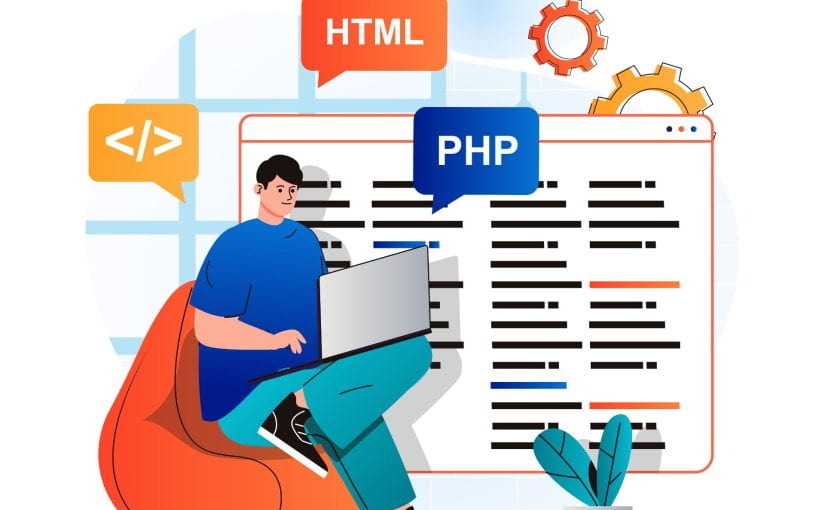PHP is a popular, open-source programming language that has become the standard for web development. It’s easy to learn and easy to use, which makes it ideal for beginners who don’t have much experience with coding.
In this article, we’ll look at some of the best features of PHP so that you can use it confidently—and maybe even contribute back.
Platform independent
PHP is platform-independent, meaning it can be used to build websites and applications for all major platforms. It’s one of the most popular languages in use today for custom PHP development, so you’ll find that your choice of which platform you want to build on is not limited by the type of operating system your web server is running on.
Interpreted language
PHP is an interpreted language, which means that it doesn’t need to be compiled and saved in a file. This helps PHP run faster than C++, but it also has its drawbacks. For one thing, there are many different versions of PHP available.
You don’t want your website to break when you switch from one version to another! The community around the language is also huge and active—there are thousands of developers working on new features for it every day.
Case-sensitive
This is an important feature to know about because PHP is a case-sensitive language. In other words, it does not matter whether you type your variable as “myVariable” or “MYVARIABLE”. The script will still work with either one.
However, if you use the wrong spelling (like “my” instead of “mY”), then your script may not run properly or even at all.
This means that when writing code in PHP, make sure to type everything correctly and avoid using shortcuts like typing “word” instead of just “#word”.
If there are any spaces between letters in the name of a variable or function name (or anything else), those spaces must be included when typing out those names, too, so they don’t appear as something else later on down the line during execution time.
Real-time access monitoring
Real-time access monitoring is an important feature of PHP. This means that you can monitor the performance of your web application in real-time and make changes to it accordingly. You will be able to see how long it takes for a page to load, how many requests per second each page receives, etc., which will allow you to make adjustments as necessary.
PHP is used for real-time access monitoring because it allows developers to write code without having specific knowledge about how their applications work internally (this can sometimes be tricky).
Using this language makes it easier for beginners who aren’t familiar with programming languages like C++ or Java; however, there are still some advanced concepts involved which might require some study before using them effectively on a large project.
That could be websites where thousands of users interact simultaneously via different browsers at various times throughout the day/night cycles, depending on what country they’re located in during particular months when holidays occur.
Objective oriented
PHP is an object-oriented language. In other words, it allows you to create objects during custom php development and use them in your code.
Objects are data structures that contain a defined interface (methods and properties) and data members (data).
The concept of object-oriented programming was introduced by Simula 67 in 1967 as a framework for creating software systems with multiple classes representing different types of things or processes. Object Oriented Programming enables one class to act like another based on its definition and behavior.
Conclusion
This open-source programming language that has evolved over time to become one of the most widely used languages in the world. It has a very low barrier to entry and can be learned easily by anyone with some prior experience in coding.
The power of PHP lies in its ability to be used for a wide range of applications, from small scripts to large web applications and frameworks like Laravel or CodeIgniter. This flexibility makes it perfect if you’re looking for something simple but powerful enough for everyday use at home or work.

